Iceland, with its breathtaking landscapes, rich culture, and unique natural phenomena, has become a hot spot for solo travelers from around the world. Whether you’re looking to explore its stunning waterfalls, hike on glaciers, soak in geothermal pools, or simply enjoy the solitude of nature, Iceland offers endless opportunities for exploration. In this guide, we’ll cover everything you need to know for a successful solo adventure in Iceland, including travel tips, destination highlights, and much more!
Why Choose Iceland for Solo Travel?
When considering a destination for solo travel, safety, accessibility, and activities are essential factors. Iceland excels in all these areas.
Safety First
Iceland consistently ranks as one of the safest countries in the world, making it a great option for solo travelers. Violent crime is extremely rare, and the locals are known for their hospitality and friendliness. You can wander around late at night without fear and trust the public transportation options.
Stunning Landscapes
From the majestic glaciers of Vatnajökull to the vibrant geothermal areas of Geysir, Iceland’s landscapes are nothing short of awe-inspiring. Exploring these natural wonders alone allows you to connect profoundly with nature, reflecting on your adventure as you hike or soak in hot springs.
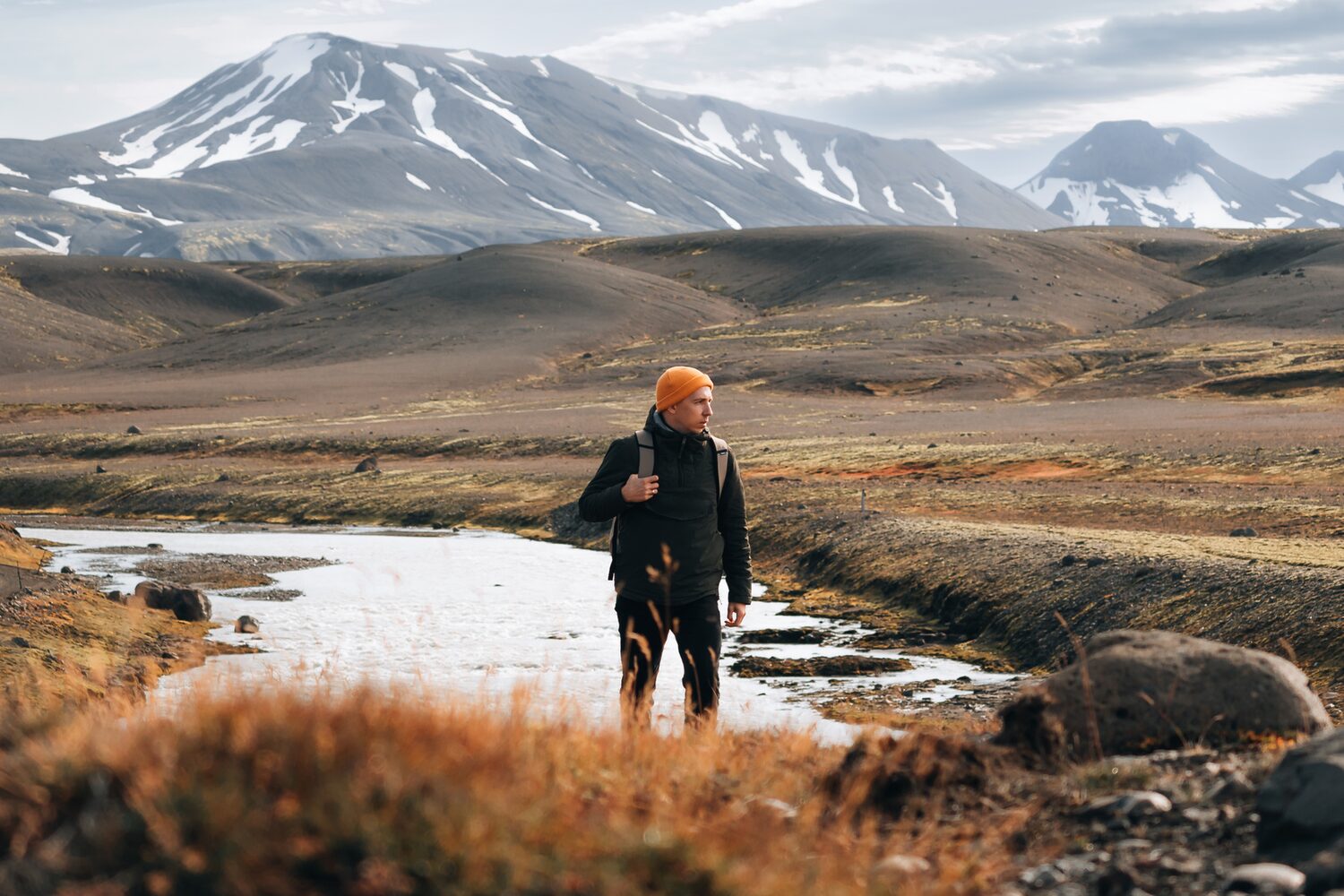
Cultural Richness
Immerse yourself in the local culture by visiting museums in Reykjavik, joining walking tours, or attending traditional music events. Each experience enriches your understanding of Iceland’s history and traditions.
Preparing for Your Solo Adventure
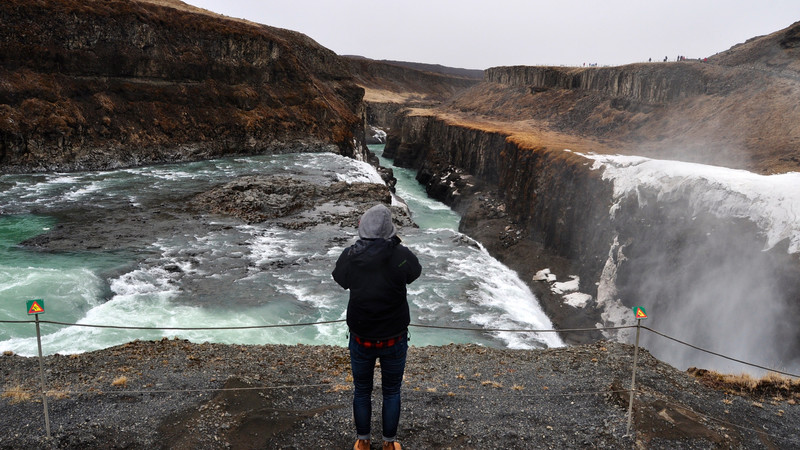
Before embarking on your Iceland journey, proper planning is crucial. Here’s how to prepare effectively.
Best Time to Visit Iceland
The best time for solo travel in Iceland is during the summer months (June to August) when the weather is milder and days are longer, allowing for more exploration time. If you prefer to catch the Northern Lights, consider visiting between September and March.
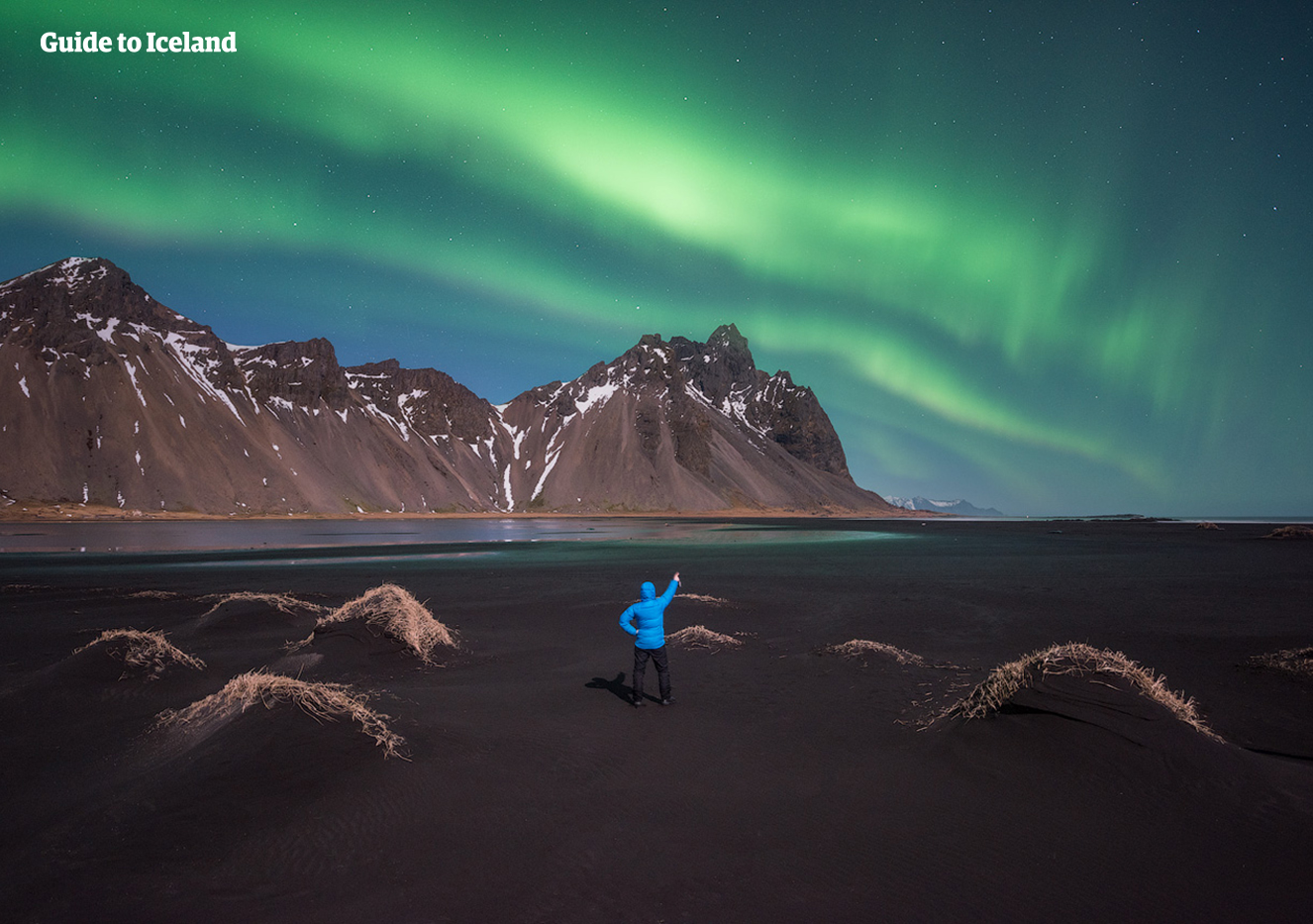
Comparison of Seasons
| Season | Weather | Activities | Pros | Cons |
|---|---|---|---|---|
| Summer | Warm (10°C to 15°C) | Hiking, camping, festivals | Long days, vibrant culture | Higher prices, crowded |
| Winter | Cold (0°C to 5°C) | Northern Lights, ice caves | Unique experiences, fewer tourists | Short days, harsh weather |
Essential Packing List
- Clothing: Layers are key! Pack thermal base layers, waterproof jackets, and sturdy hiking boots.
- Technology: Camera for capturing the stunning scenery, portable charger, and travel adapters.
- Travel Documents: Ensure your passport is valid, and have copies of your itinerary and accommodation details.
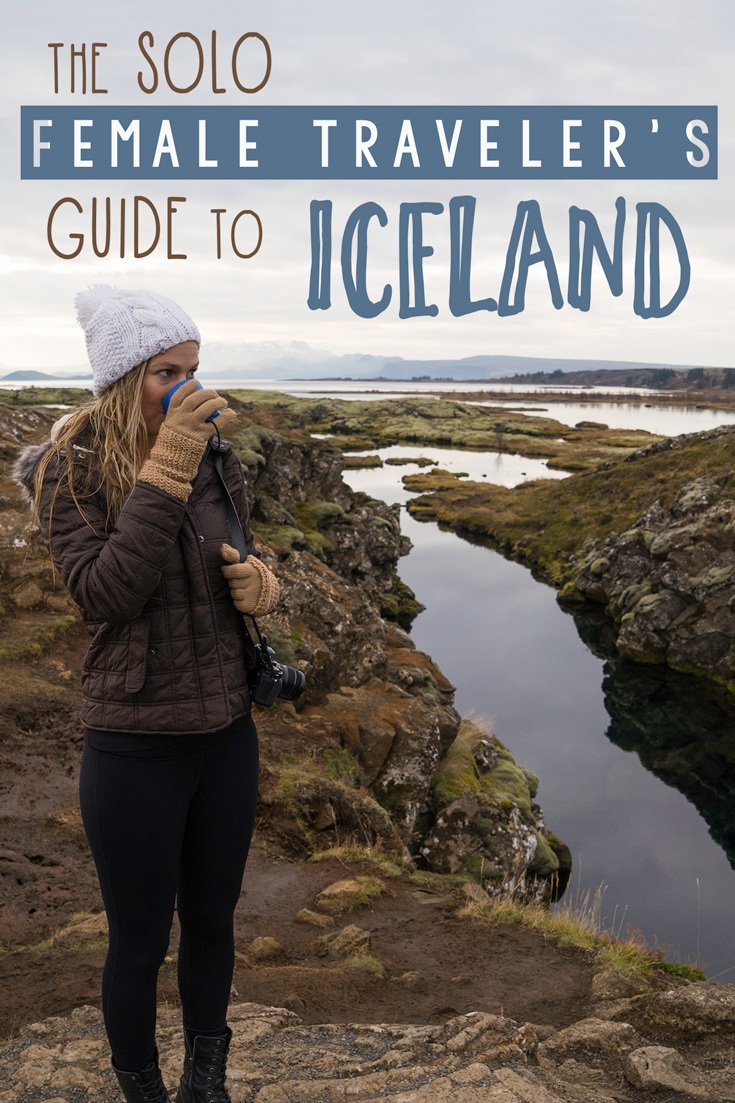
Getting Around Iceland
Iceland’s unique geography offers several transportation options for solo travelers. Here’s a breakdown.
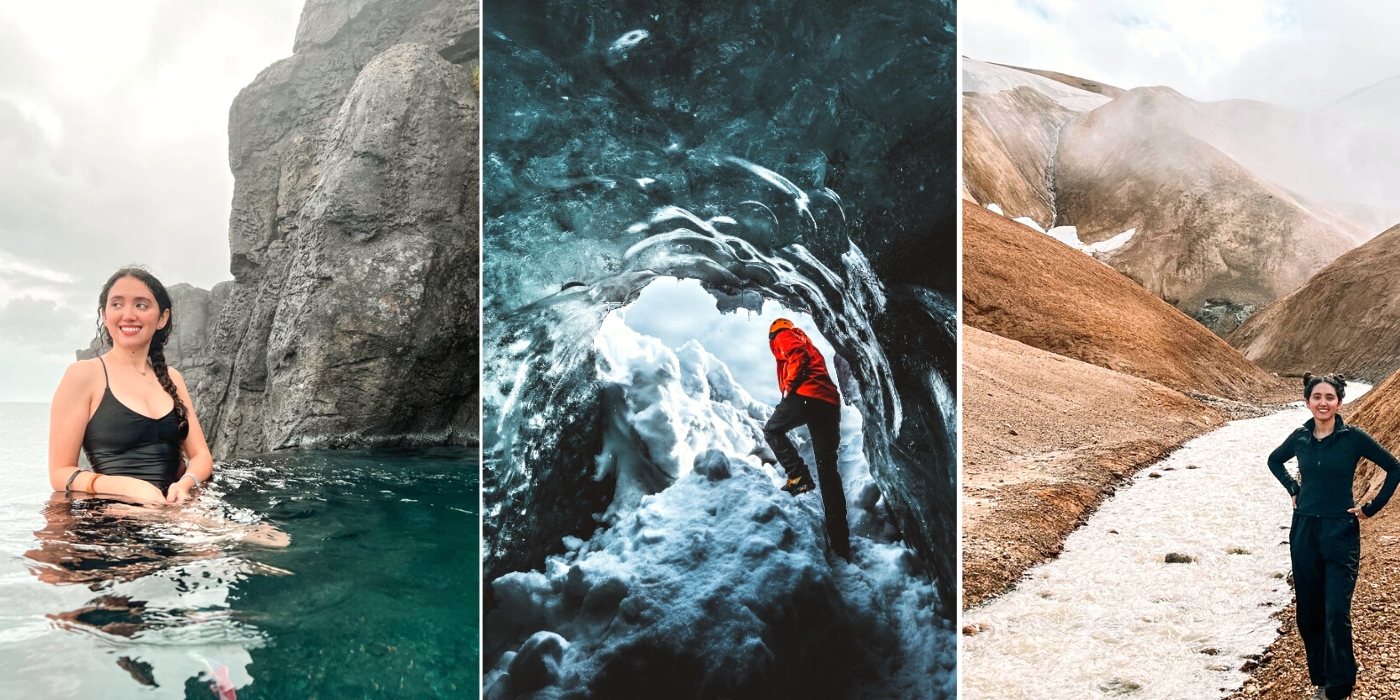
Rental Cars
Renting a car is one of the best ways to explore Iceland’s remote areas at your own pace. Make sure to familiarize yourself with Icelandic driving rules and road conditions, especially in winter.
Public Transport
If you prefer not to drive, Iceland has a reliable and well-connected bus system. The Straeto bus service is affordable and can take you to most popular destinations, including the famous Golden Circle.
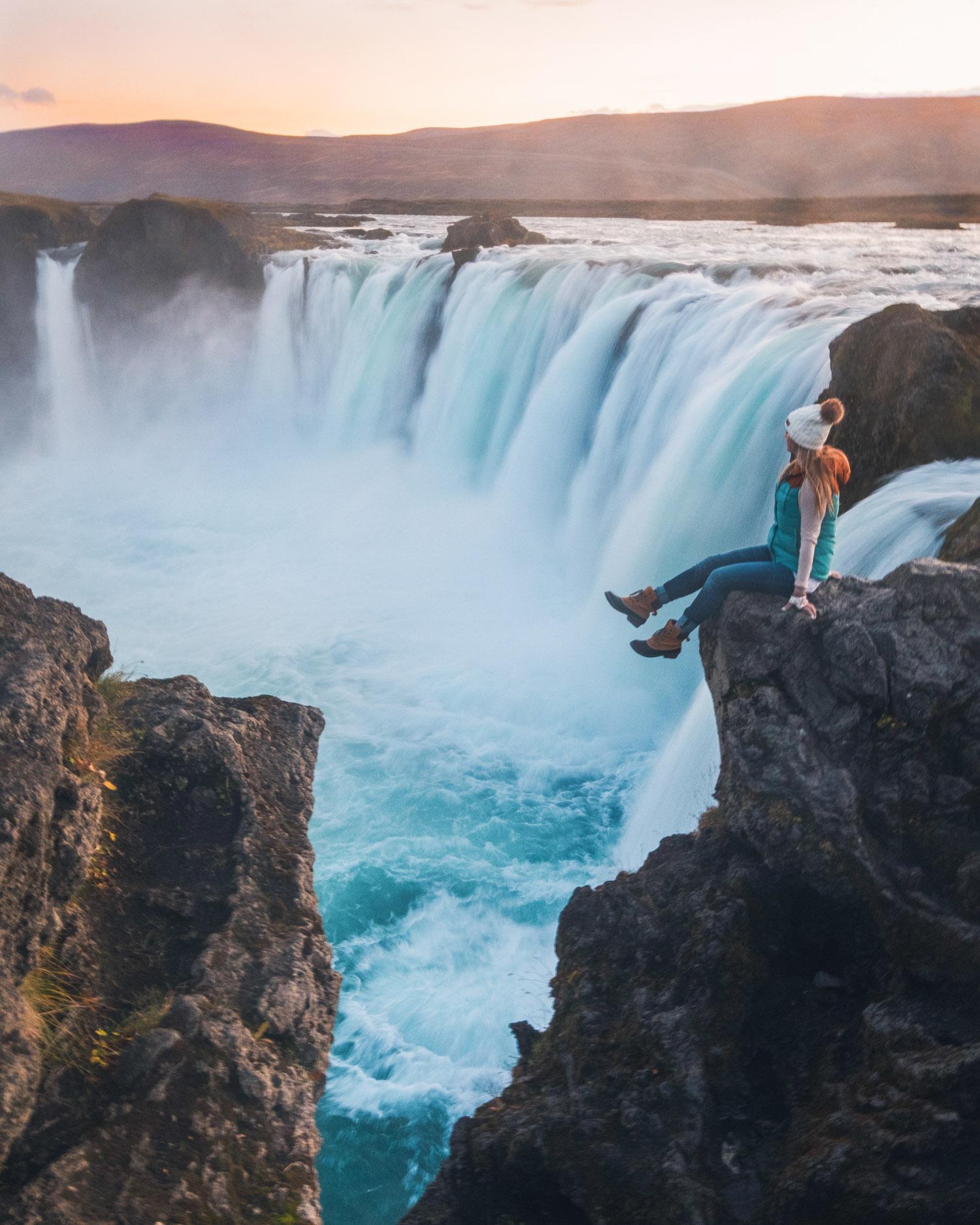
Advantages and Disadvantages of Each Option
| Transport | Advantages | Disadvantages |
|---|---|---|
| Rental Car | Flexibility, access to remote areas | Cost, navigation challenges |
| Public Transport | Cost-effective, eco-friendly | Limited routes, less flexible |
Top Destinations for Solo Travelers in Iceland
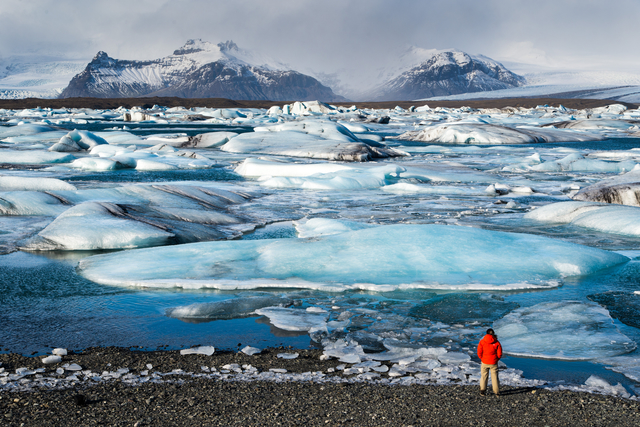
Iceland is dotted with breathtaking sights and adventures. Here are some must-visit places.
Reykjavik
The capital city is a vibrant hub for culture and nightlife. Don’t miss the Hallgrímskirkja Church, Harpa Concert Hall, and the famous Sun Voyager sculpture. The locals are welcoming, and you’ll find plenty of cafes and bars to mingle.
The Golden Circle
This popular route includes three breathtaking sites: Þingvellir National Park (a UNESCO World Heritage site), Gullfoss waterfall, and Geysir geothermal area. Renting a car or joining a guided tour can enhance your experience.
South Coast
Venture towards the South Coast to discover stunning waterfalls like Seljalandsfoss and Skógafoss. The black sand beaches at Reynisfjara and the glaciers in Vatnajökull National Park are absolute must-sees!
The Blue Lagoon
No trip to Iceland is complete without a visit to the Blue Lagoon. Soaking in its geothermal waters is a perfect way to unwind after a day of adventures. Remember to book your tickets in advance!
Destination Highlights
| Destination | Highlight | Recommended Activity |
|---|---|---|
| Reykjavik | Cultural immersion | Walking tours |
| Golden Circle | Natural wonders | Guided day tours |
| South Coast | Waterfalls | Hiking and photography |
| Blue Lagoon | Relaxation | Spa treatments |
Travel Tips for Solo Travelers
Stay Connected
Having access to the internet is essential for navigation and communication. Consider getting a local SIM card or renting a portable WiFi device. Many cafes and public places also offer free WiFi.
Meet Other Travelers
Hostels and group tours are great for meeting fellow travelers. Additionally, social media platforms and travel apps can connect you with others in the area.
Cultural Respect
Respect Iceland’s culture and environment. Always adhere to local guidelines, especially in natural reserves. Leave no trace and be mindful of wildlife.
Pros and Cons of Solo Travel in Iceland
Pros
- Incredible safety record
- Stunning and diverse landscapes
- Welcoming locals and vibrant culture
- Variety of activities for different interests
Cons
- Higher travel costs compared to other destinations
- Limited public transport outside major areas
- Weather can be unpredictable
Conclusion: Is Solo Travel in Iceland Right for You?
In conclusion, solo travel in Iceland can be a rewarding and enriching experience. Whether you’re seeking adventure, tranquility, or cultural immersion, Iceland has it all. Just be prepared, stay safe, and embrace the journey. As a solo traveler, you’ll find that Iceland offers a unique opportunity for self-discovery amidst its stunning natural beauty.
FAQs About Solo Travel in Iceland
Is Iceland safe for solo female travelers?
Yes, Iceland is one of the safest countries for solo female travelers, with low crime rates and a welcoming atmosphere.
What is the best way to travel around Iceland alone?
Renting a car is recommended for maximum flexibility, but public buses are available for those preferring not to drive.
How expensive is it to travel solo in Iceland?
Iceland can be pricey compared to other destinations. Budget for accommodations, dining, and activities accordingly, and consider hostels or guesthouses for cost-effective lodging.
Can I see the Northern Lights while traveling solo in Iceland?
Absolutely! The Northern Lights can often be seen between September and March. Consider a guided tour for the best chances of witnessing this natural phenomenon.
What should I avoid while traveling in Iceland alone?
Avoid venturing off marked trails, especially near glaciers or cliffs. Always respect nature and local guidelines.
Happy travels as you embark on your Icelandic adventure!